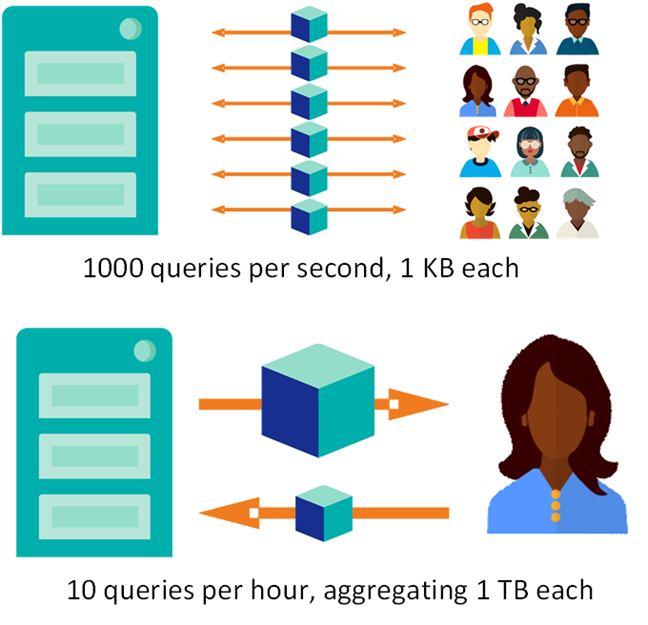Faced with the enormous and evergrowing amounts of data being generated in the world today, software architects need to pay special attention to the scalability of their solutions. They must also design systems that can, when needed, handle many thousands of concurrent users. It’s not easy, but designing for massive scalability is an absolute necessity.

Software architects have several options for designing scalable systems. They can scale vertically by using bigger machines with dozens of cores. They can use data distribution (replication) techniques to scale horizontally for increasing numbers of users. And they can scale data volume horizontally through the use of a data partitioning strategy. In practice, software architects will employ several of these techniques, trading off hardware costs, code complexity, and ease of deployment to suit their particular needs.
This article will discuss how InterSystems IRIS Data Platform supports vertical scalability and horizontal scalability of both user and data volumes. It will outline several options for distributing and partitioning data and/or user volume, giving scenarios in which each option would be particularly useful. Finally, this paper will talk about how InterSystems IRIS helps simplify the configuration and provisioning of distributed systems.

.png)


